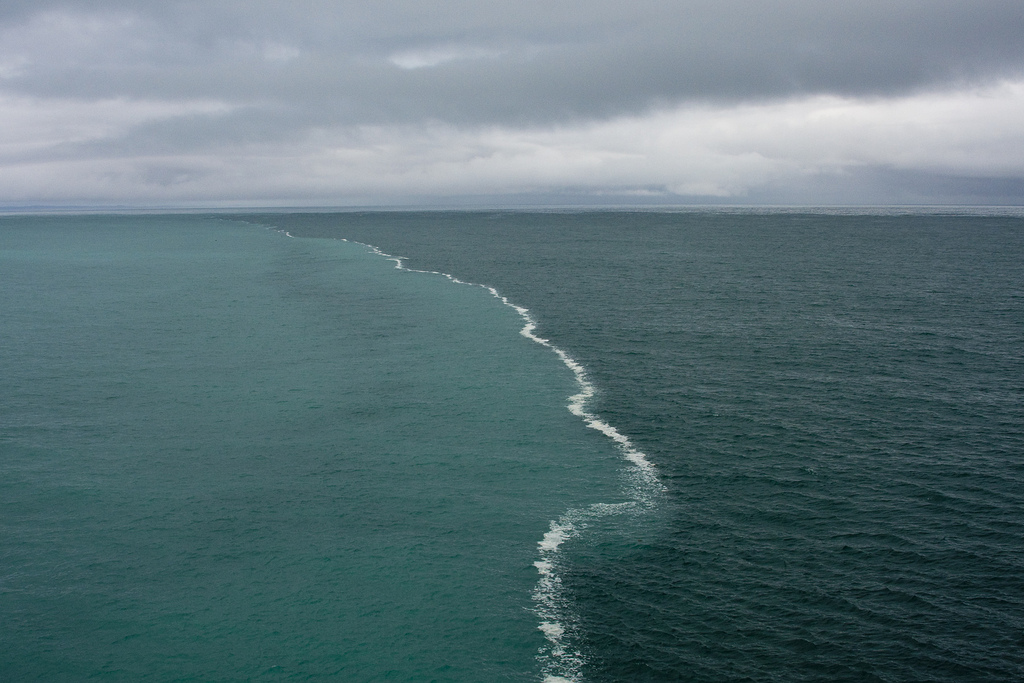Historical Developments: The Evolution of Photography Explained
How many times a day do you pull out your phone, turn on the camera, and snap a quick picture? We do this when a pet does something cute, when our eyeliner for the day is on point, or just when we need to remember some bit of information. Today, taking photos is second nature to us, and most of us have thousands of photos and videos on our phones.
But it wasn’t always so easy. The road from tracing silhouettes onto a wall in a dark room to snapping selfies with our friends has been a long one. Read on to learn more about the fascinating evolution of photography.
Where It Started
The idea of capturing an image has been around for a very long time. More than 2,000 years ago, the Chinese and the ancient Greeks used a technique called a camera obscura. This involved a dark room with a hole in one wall, through which an image could be projected onto the opposite wall and traced.
But the idea of capturing an exact image of a moment never faded, and in 1824, Nicephore Niepce invented heliography. This technique used silver plates and initially took several days. Within a few years, however, Niepce had refined the process down to only a day.
Keeping Things Snappy
As drastic an improvement as Niepce and Daguerre had made, however, an entire day was still a little long to sit for a portrait. The process still needed to be refined, and in 1838, Daguerre invented the daguerreotype. This process was a combination of the old camera obscura and the heliotype, and exposure only took half an hour.
With exposure times so lightning fast, the possibilities of photography opened up. People could (with great patience) sit for portraits, or historic scenes, such as battlefields, could be captured. In the summer of 1839, Hippolyte Bayard discovered a way to imprint photographs on paper, and the industry was off.
Moving to a Calotype
Despite all its wonders, though, the daguerreotype still had one major flaw. Because the photographic process left the image imprinted on a single silver plate, multiple copies of a photograph could not be made. Not only could copies not be shared, but if an original photograph was damaged or destroyed, there was no second image.
In 1841, an Englishman, William Henry Fox Talbot, patented the calotype. The process used what was called an intermediate negative, which allowed for multiple prints of the same photo that could be reproduced, framed, and hung in homes. It didn’t have nearly the clarity that the daguerreotype, but the ability to produce multiple copies of a photo was revolutionary.
Improving the Quality
Once the calotype was invented and the sodium hyposulfite bath (the solution still used to develop photos today) discovered, the name of the photography game was the quality improvement. Some additional improvements to exposure times were made, and with them came the rise of the shutter.
In 1847, Abel Niepce de Saint-Victor came up with the idea of using glass in place of paper to make photographs, and photography improved to such a degree that people had to get to work inventing new lenses to keep up.
In 1851, photography got another upgrade from an Englishman, Scott Archer. He created a process that allowed for sharper images than ever before, though they did have to be developed as soon as the photo was taken. Then, in 1871, Richard Meaddox developed a process that used gelatin to improve photo quality, decrease exposure times even more, and preserve negatives for longer before they were developed.
Bringing in Film
Up to this point, photography still used glass or silver plates to capture images. Later on, the photographer would transfer this negative to paper for prints. But these plates were unwieldy and expensive.
In 1811, George Eastman, an American, developed the idea of using a more flexible base to imprint images on. He developed celluloid rolls that photographers could use in place of the older plates. Photographic film was born, and someday, it would lead to thousands of rolls of undeveloped photographs of summer camps and wedding receptions.
Dreaming in Color
The next major hurdle photography had to overcome was breaking free of its black and white barriers. Monochrome was all well and good, but how do you capture the majesty of a sunset in black and white? Photography needed color, and the French were back to meet that need.
In 1869, Louis Ducos du Hauron developed a process by which he would take three photographs of the same subject, one in each of the primary colors, and combine them to create a colored photograph. In 1906, color photography got another boost when the Lumiere brothers (no relations of the candelabra, we’re sure) created trichromatic synthesis, which allowed them to create color photographs with only one image. But it wasn’t until 1837 that Agfacolor and Kodak developed the process that we still use today to generate color photographs.
The Rise of Digital
At last, with exposure times, photo quality, and color imaging at their best, there was one final frontier for photography: the digital world. Development of digital photography started far earlier than you might think, all the way back in 1961. Eugene Lally started working on a mosaic photo sensor that could capture digital images that year.
In 1969, George Smith and Willard Boyle developed a solid-state device that could transform light into electrical signals. This discovery is what kicked off the digital photography revolution. With the exception of the invention of the Bayer Color Filter Array in 1975, the digital photography process has improved on those same basic processes ever since.
Learn More about the Evolution of Photography
Photography has come a long way from its shadowbox origins, and today, it is a central part of life. We treasure the ability to capture every precious second of our children’s lives and of special moments with loved ones. We print and frame and display beloved photographs around our home, rarely stopping to think about the technological miracle that allows us to do so.
If you’d like to learn more about the evolution of photography or other interesting subjects, visit the rest of our site at LaTeet. We deliver your small dose of interesting as needed. Check out our articles on amazing science today.



